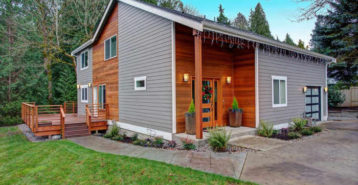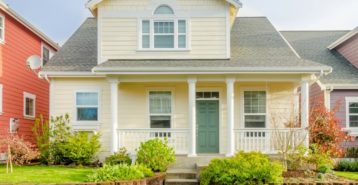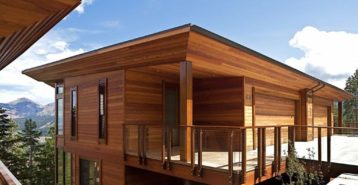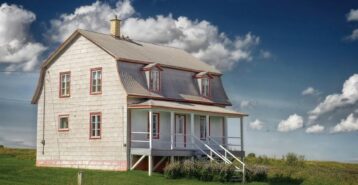Fiber Cement Siding Installation
Fiber cement siding is a tough, low-maintenance choice that handles heat, cold, wind, and pests. It looks like real wood or stucco, comes in many colors, and holds up for decades with basic care. If you want long-term value and a classic look without heavy upkeep, fiber cement is worth considering.
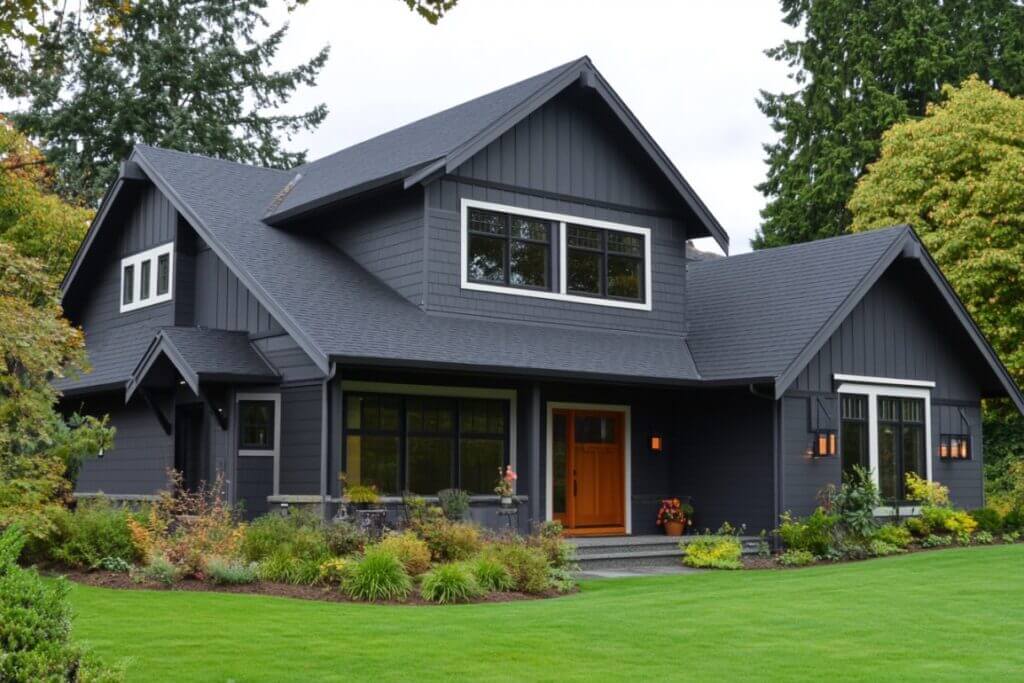
Fiber Cement Siding Colors and Finishes
You can buy fiber cement pre-finished (factory color) or primed (ready to paint). Popular textures include smooth, wood-grain, and stucco. Factory finishes resist fading and can extend paint life.
Types
Pick a style that matches your home and budget.
- Shingles / Shakes: Wood-look texture in straight or staggered patterns.
- Clapboard: Horizontal boards, usually 12 feet long, smooth or wood-grain.
- Panels: Large sheets that mimic stucco, brick, or stone; cover joints with trim or leave an architectural reveal.
Most planks are about 12 feet long and roughly 5/16 inch thick. Always confirm exact sizes for the brand you choose.
Maintenance Requirements
- Routine Washing: Rinse with a garden hose, then use a soft brush and mild soap every 6 to 12 months.
- Caulk And Paint: Re-caulk joints and repaint on the schedule your brand recommends.
- Annual Check: Look over flashings, clearances, and trim for damage after storms.
Factory finishes can last a decade or more. Primed-and-painted boards typically need repainting every 7 to 10 years, depending on prep and climate.
Lifespan
When installed correctly and cleaned once or twice a year, fiber cement siding can last 30 to 50 years or more. Many brands back boards and finishes with long limited warranties.
Is Fiber Cement Siding the Same as HardiePlank?
HardiePlank is a brand of fiber cement siding from James Hardie, one of the top siding brands.
How Much Does Fiber Cement Siding Cost?
Most homeowners pay about $6.60 per square foot installed, with a typical range of $4.70 to $8.50 per square foot. A 2,500-square-foot project often comes in near $19,350, depending on design details, trim, and local labor.
| Installation or Project Type | Average Cost |
|---|---|
| National average | $6.60 per sq. ft. |
| Common range | $4.70 to $8.50 per sq. ft. |
| Siding for a 2,500 square foot home | $19,350 total |
Is Fiber Cement Siding Expensive?
Fiber cement sits in the low- to mid-range compared to other common siding materials. It often costs more than vinyl but less than cedar or full stucco — and it offers strong durability for the price.
| Siding Type | Materials | Labor | Installed Cost |
|---|---|---|---|
| Vinyl | $2.00 to $4.50 | $1.50 to $3.00 | $4.15 to $15.25 |
| Fiber cement | $2.50 to $5.00 | $2.20 to $3.50 | $4.70 to $8.50 |
| Engineered wood | $2.75 to $5.25 | $2.25 to $3.25 | $3.58 to $8.58 |
| Wood | $3.50 to $7.00 | $3.00 to $5.00 | $6.90 to $13.90 |
| Stucco | $4.00 to $6.00 | $4.00 to $6.00 | $8.00 to $12.00 |
Is Fiber Cement Cheaper Than Vinyl Siding?
Usually no. Vinyl is your top budget siding option. Fiber cement costs more upfront, but it is tougher against impact, fire, and weather, and it provides a more wood-like appearance.
Factors That Affect Costs
- Home Design And Height: More stories, gables, and details increase labor costs.
- Trim Package: Decorative trim, soffits, and fascia add materials and time, raising your prices.
- Tear-Off And Repairs: Removing old siding and fixing sheathing raises cost.
- Finish Choice: Factory color can cost more now but reduce repainting later.
- Regional Labor: Busy markets and remote locations change pricing.
Is Fiber Cement Good for Siding?
Benefits And Downsides
Benefits:
- Durable: Resists rot, pests, and everyday weather.
- Fire Resistant: Non-combustible for added peace of mind.
- Low Maintenance: Simple washing and periodic caulk/paint touch-ups.
- High Curb Appeal: Clean lines and convincing wood or stucco looks.
- Resale Value: Long life and premium look attract buyers.
Downsides:
- Heavier To Handle: Installation for this type of siding is best left to pros.
- Cuts Create Dust: Requires the right tools and dust control.
- Higher Upfront Costs: You pay more at install time.
Is fiber cement eco-friendly? Many brands recycle water and scrap, and the long lifespan reduces waste over time. Check each manufacturer’s sustainability practices.
Should I Choose Fiber Cement Siding or Another Type?
If you want the look of wood without wood’s upkeep, fiber cement hits a sweet spot. It’s tougher than vinyl, lower maintenance than cedar siding, and more stable than many alternatives. Vinyl is still the lowest cost with lots of colors. Cedar delivers a warm, natural look but needs regular care. Engineered wood offers a middle ground with faster installs. Stucco suits specific styles and climates.
Not sure what fits your home and budget? Get three or more itemized quotes that spell out tear-off, repairs, trim, and finish so you can compare fairly. Modernize can connect you with pre-vetted local contractors to price your project and get it done right.
Compare top-rated siding pros in your area.
Read real homeowner reviews, explore qualifications, and view promotions. Modernize makes it easy to browse professionals and find one that will be perfect for your project.






